In the coming time, forest owners in the North Central region will receive carbon credits. This is the first time that forests in Vietnam and some countries in the world (piloting) have received this amount. So what is the significance of credits and the carbon credit market for forest protection and development in Vietnam? Reporters of the People's Army Newspaper had a conversation with Mr. Tran Quang Bao, Director of the Forestry Department, Ministry of Agriculture and Rural Development (MARD) about this issue.
Reporter (PV): This year, forests in the North Central region will receive money from selling carbon credits. Can you give more details on this issue?
Mr. Tran Quang Bao: In 2020, the Ministry of Agriculture and Rural Development and the International Bank for Reconstruction and Development (IBRD), a member of the World Bank (WB), the trustee of the Forestry Carbon Partnership Fund, signed the North Central Region Emission Reduction Payment Agreement (ERPA). This agreement aims to transfer the emission reduction of 10.3 million tons of carbon dioxide (CO 2 ) in 6 provinces in the North Central region (from Thanh Hoa to Thua Thien Hue) in the period of 2018-2025 to the Forestry Carbon Partnership Fund, with a total amount of 51.5 million USD. In addition, about 95% of the transferred emission reduction will be transferred back to Vietnam to contribute to the NDC (nationally determined contribution).
 |
| Mr. Tran Quang Bao. Photo: DIEP ANH |
Up to this point, Vietnam has completed the effective conditions for the transfer and payment of emission reductions to be implemented. The Ministry of Agriculture and Rural Development is actively working with the World Bank to accelerate the process of verifying and appraising emission reduction results and making payments according to the signed ERPA. It is expected that this source of money will be transferred to Vietnam in the third quarter of 2023 to make payments to forest owners according to regulations.
This meaningful source of money will contribute to raising the responsibility of forest owners, organizations, individuals and units in forest protection and development; helping to maintain and improve the quality of natural forest ecosystems, and conserve biodiversity of forests in the North Central region.
PV: How will the money from selling forest carbon credits in the North Central region be paid to forest owners, sir?
Mr. Tran Quang Bao: The Vietnam Forest Protection and Development Fund is the unit assigned by the Government to receive and manage revenue from ERPA. Upon receiving this money, based on the results of emission reduction and the area of natural forest in each locality, the Fund will coordinate the money to the 6 provinces according to regulations. The amount of money each province receives is different. Then, with the coordinated money, the provincial forest protection and development funds will make payments to management boards, households, individuals, communities, commune People's Committees... assigned to manage natural forests and communities participating in forest protection with forest owners.
For each specific beneficiary, the amount received will be managed, used and spent in accordance with the instructions prescribed in Decree No. 107/2022/ND-CP of the Government issued on December 28, 2022 on the pilot transfer of emission reduction results and financial management of greenhouse gas emission reduction payment agreements in the North Central region. The management and use of this source of money will also be periodically inspected and monitored to ensure publicity, transparency and efficiency. The implementation of ERPA money sources is similar to the current forest environmental service money source according to the provisions of Decree No. 156/2018/ND-CP of the Government issued on November 16, 2018 detailing the implementation of a number of articles of the Forestry Law. However, the difference is that the payment amount is prioritized for forest management activities (forest protection contracts, supporting livelihood development for communities).
 |
| Planted forest in Yen The district, Bac Giang province. Photo: NGHINH XUAN |
Reporter: Forests in the North Central region have sold carbon credits. This is a good first step for forest protection and development in our country. So what will Vietnam have to do to move towards building and forming a carbon credit market, sir?
Mr. Tran Quang Bao: The carbon market has been mentioned in a number of documents, however, there is still a lack of specific regulations. Therefore, the urgent priority now is to identify gaps in the legal framework, thereby proposing amendments and supplements to appropriate institutions and policies to form and operate the carbon market.
Decree No. 06/2022/ND-CP on greenhouse gas emission reduction and ozone layer protection is the first legal document with provisions on the roadmap for developing a domestic carbon market that will be developed, piloted, and enhanced from now until the end of 2027, and will officially organize carbon credit trading in 2028. Currently, the Ministry of Finance is coordinating with the Ministry of Natural Resources and Environment to develop a project to develop a domestic carbon market to submit to competent authorities for consideration and approval.
To participate in the domestic and international carbon market, the Forestry Department is consulting with the Ministry of Agriculture and Rural Development to direct and implement a pilot transfer of emission reduction results and financial management of greenhouse gas emission reduction payment agreements in the North Central region and a pilot transfer of emission reduction results to other potential areas. With advantages in forest resources, the Vietnamese forestry sector has the potential and conditions to participate in the domestic and international forest carbon market to mobilize resources for reinvestment in forest protection and development.
PV: Can you tell us about the potential of forests in Vietnam to sell carbon credits outside the North Central region?
Mr. Tran Quang Bao: In the forestry sector, there are currently negative net emissions, with the potential to participate in domestic and international carbon markets after fulfilling the obligation of nationally determined contributions.
In addition to the North Central region, the Northwest, Northeast, South Central Coast and Central Highlands regions all have great potential to reduce emissions and increase carbon absorption from forests. Other types of forests such as concentrated plantation forests, especially mangrove forests, all have the ability to absorb carbon.
The Forestry Department is developing a circular on greenhouse gas inventory and measurement, reporting, and appraisal to guide the determination of the potential for carbon credits that can be traded after fulfilling the sector's obligations. The Forestry Department is currently assigned by the Ministry of Agriculture and Rural Development to develop a project to negotiate an emission reduction purchase agreement in the Central Highlands and South Central regions to submit to the Prime Minister to conduct forest carbon credit trading with the Forest Finance Enhancement Organization (Emergent). It is expected that Vietnam will transfer to LEAF/Emergent 5.15 million tons of carbon emissions reduction from forests in the Central Highlands and South Central regions in the period of 2022-2026. LEAF/Emergent will pay for this service at a minimum price of 10 USD/ton of carbon.
PV: Thank you very much!
NGUYEN KIEM (performed)
*Please visit the Economics section to see related news and articles.
Source


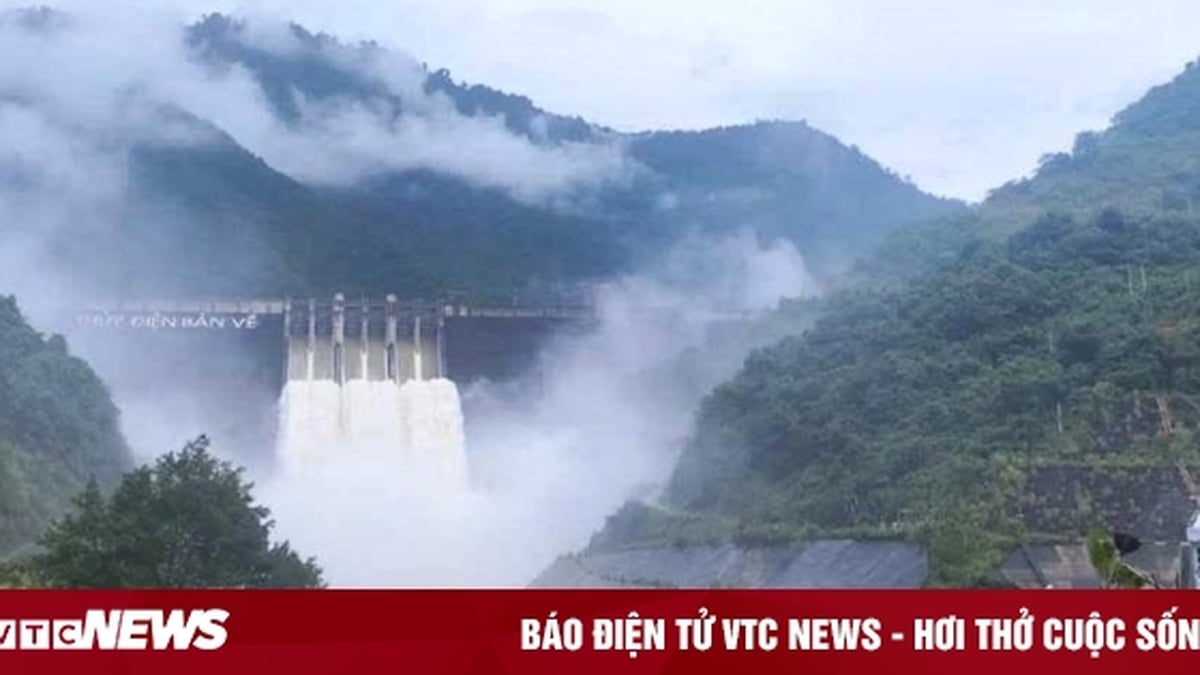
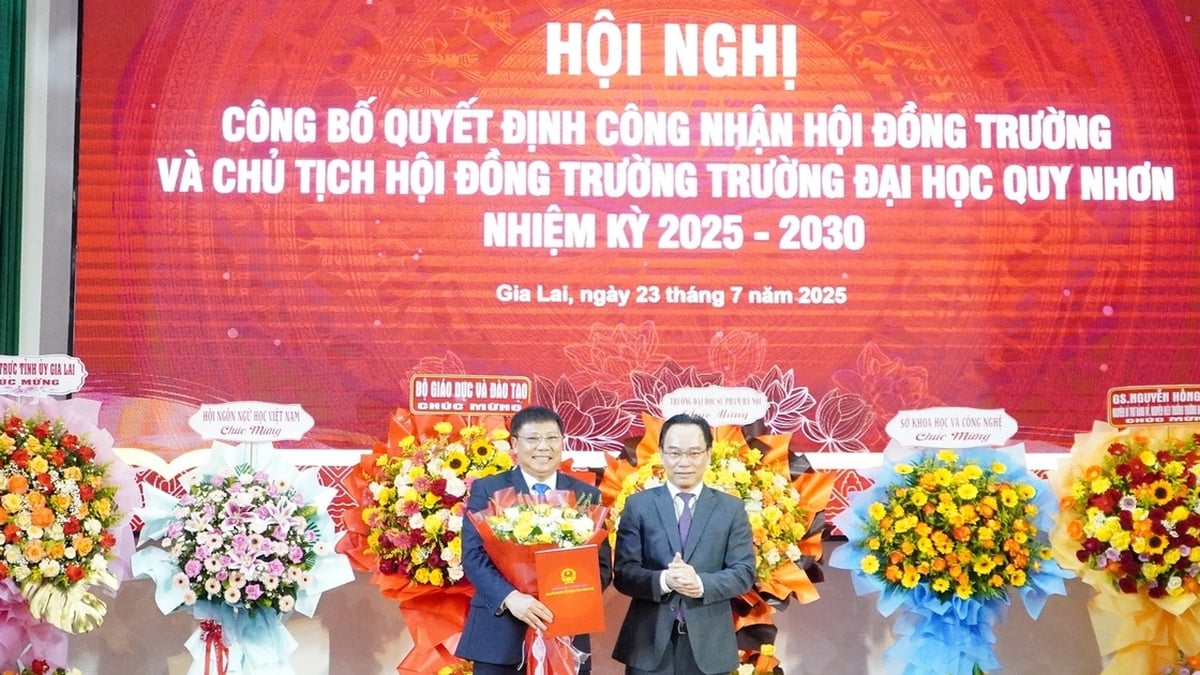
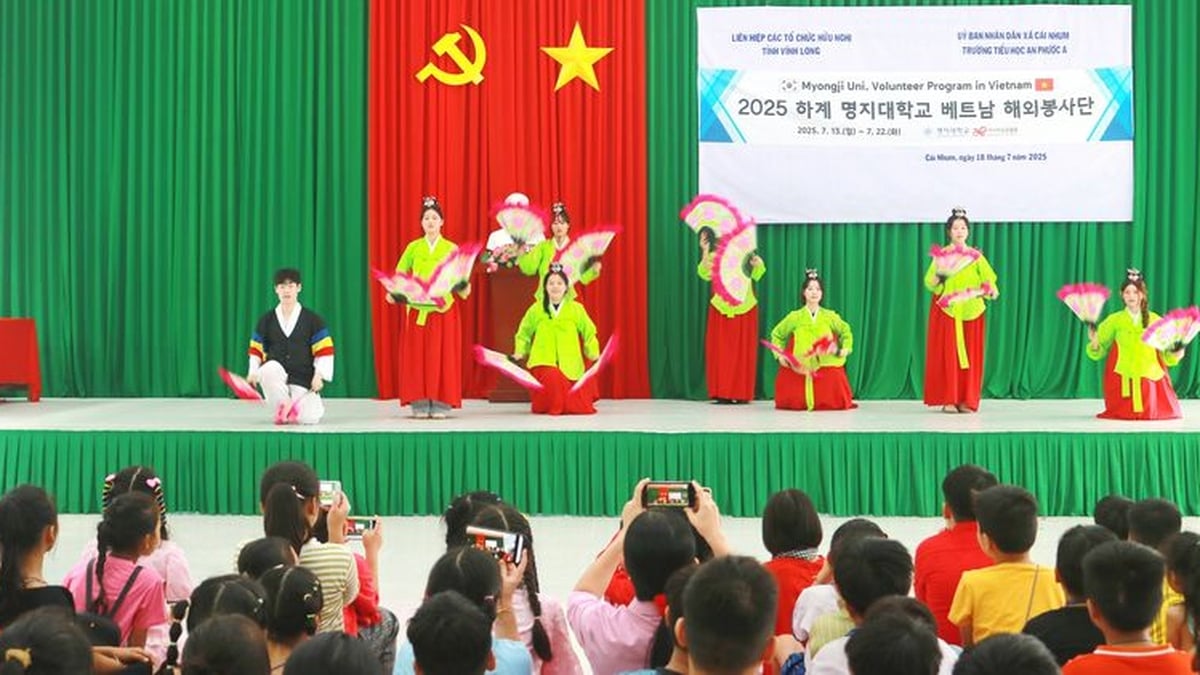

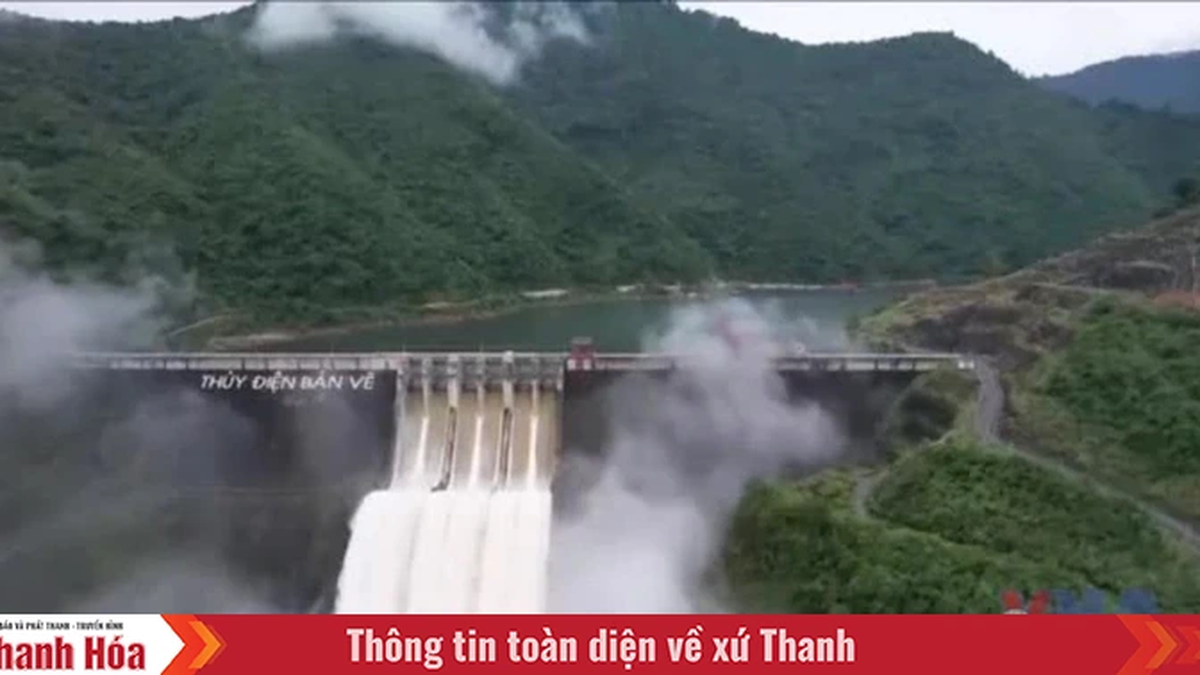

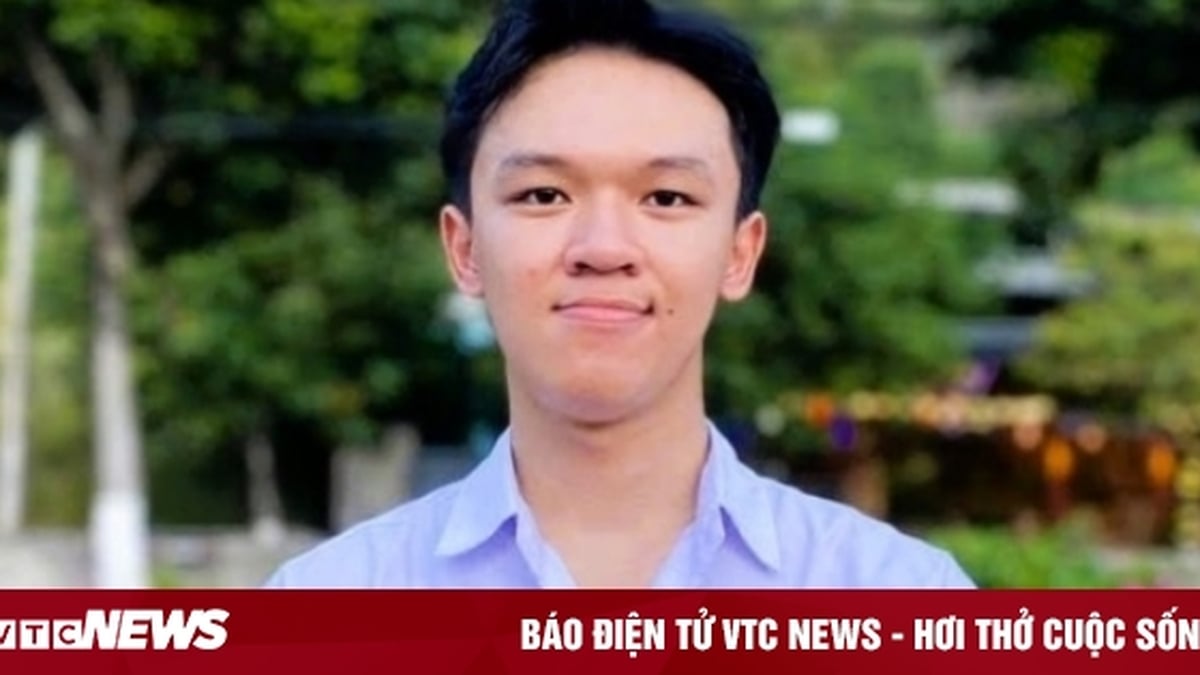
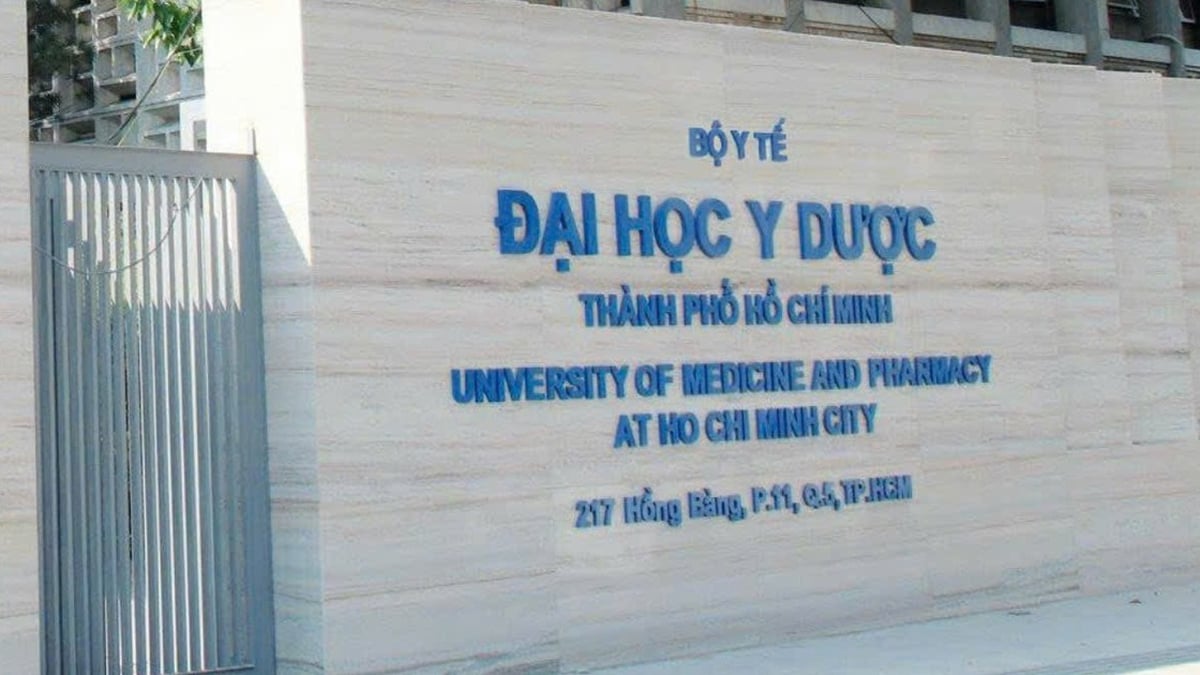






















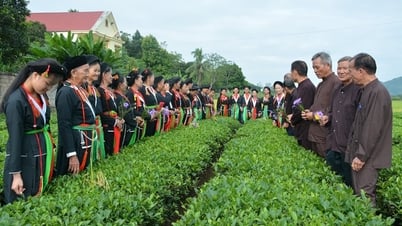

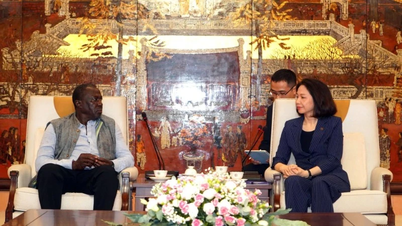



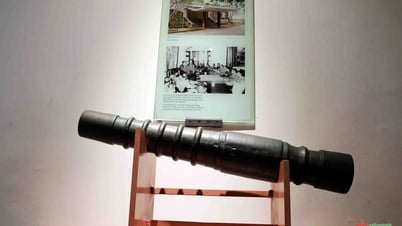




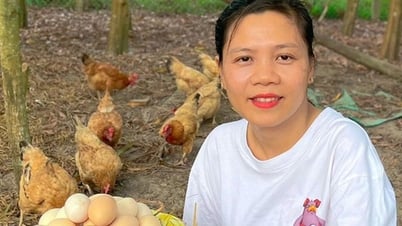

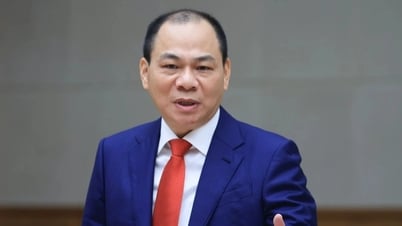

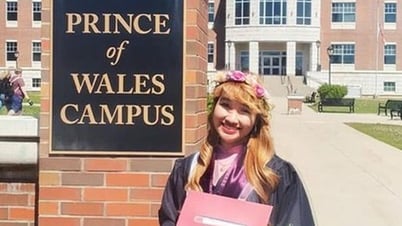

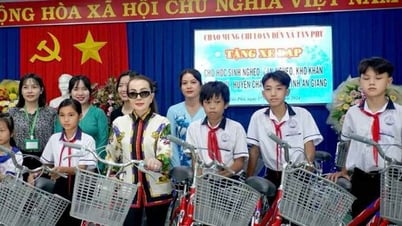

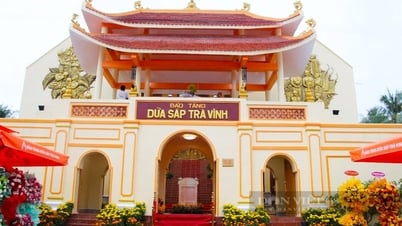


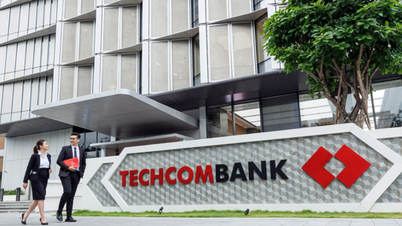
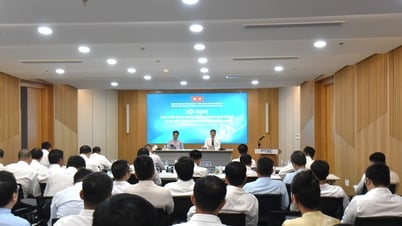


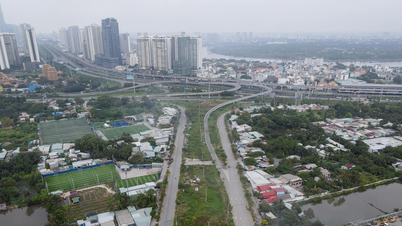






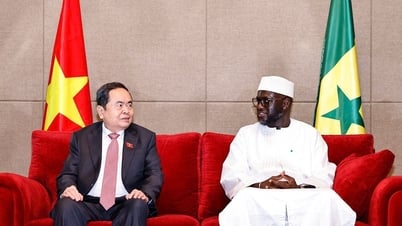



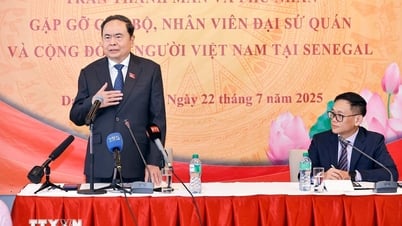
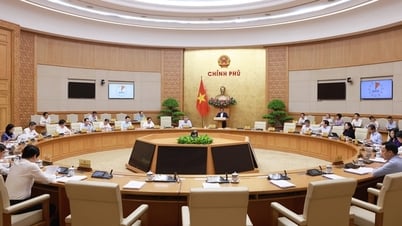














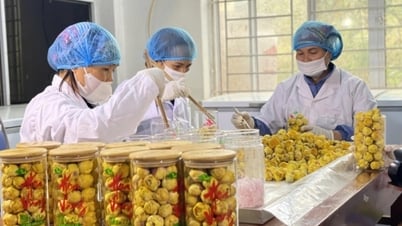












Comment (0)